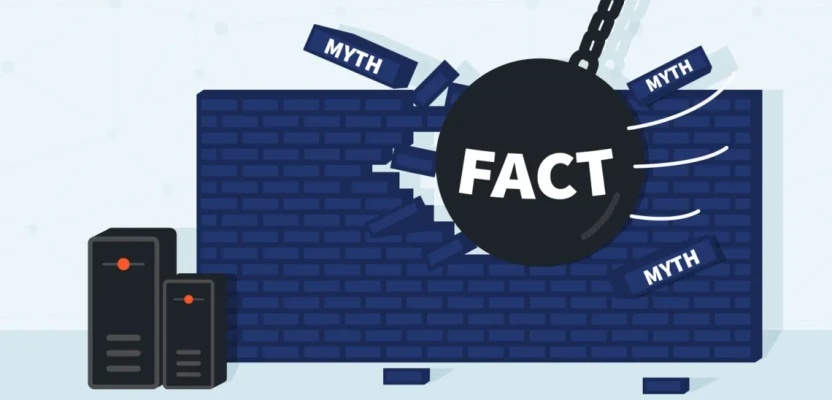
The Dark Web, often shrouded in mystery and misconceptions, represents a less understood fraction of the internet. It employs anonymizing technologies to keep users' identities confidential, leading to its portrayal as a haven for illicit activities. However, the reality of the Dark Web is multifaceted, encompassing both legitimate and unlawful uses. This article aims to demystify the Dark Web by distinguishing between its actual functions and the myths that pervade public consciousness.
Defining the Dark Web
At its core, the Dark Web is a segment of the internet that is intentionally hidden from conventional search engines and accessible only through specific, anonymized networks. The most notable of these networks is The Onion Router (TOR), which encrypts users' web traffic in layers of encryption, akin to the layers of an onion, to provide anonymity and privacy. Originating as a project to protect U.S. intelligence communications online, TOR and similar technologies have broadened to a wider audience seeking privacy beyond the surveilled mainstream internet.
Dark Web myths and facts
The Dark Web is surrounded by myths and misconceptions. Many of the ideas commonly held about this hidden segment are not only exaggerated but outright false.
1. Myth: The Dark Web is illegal
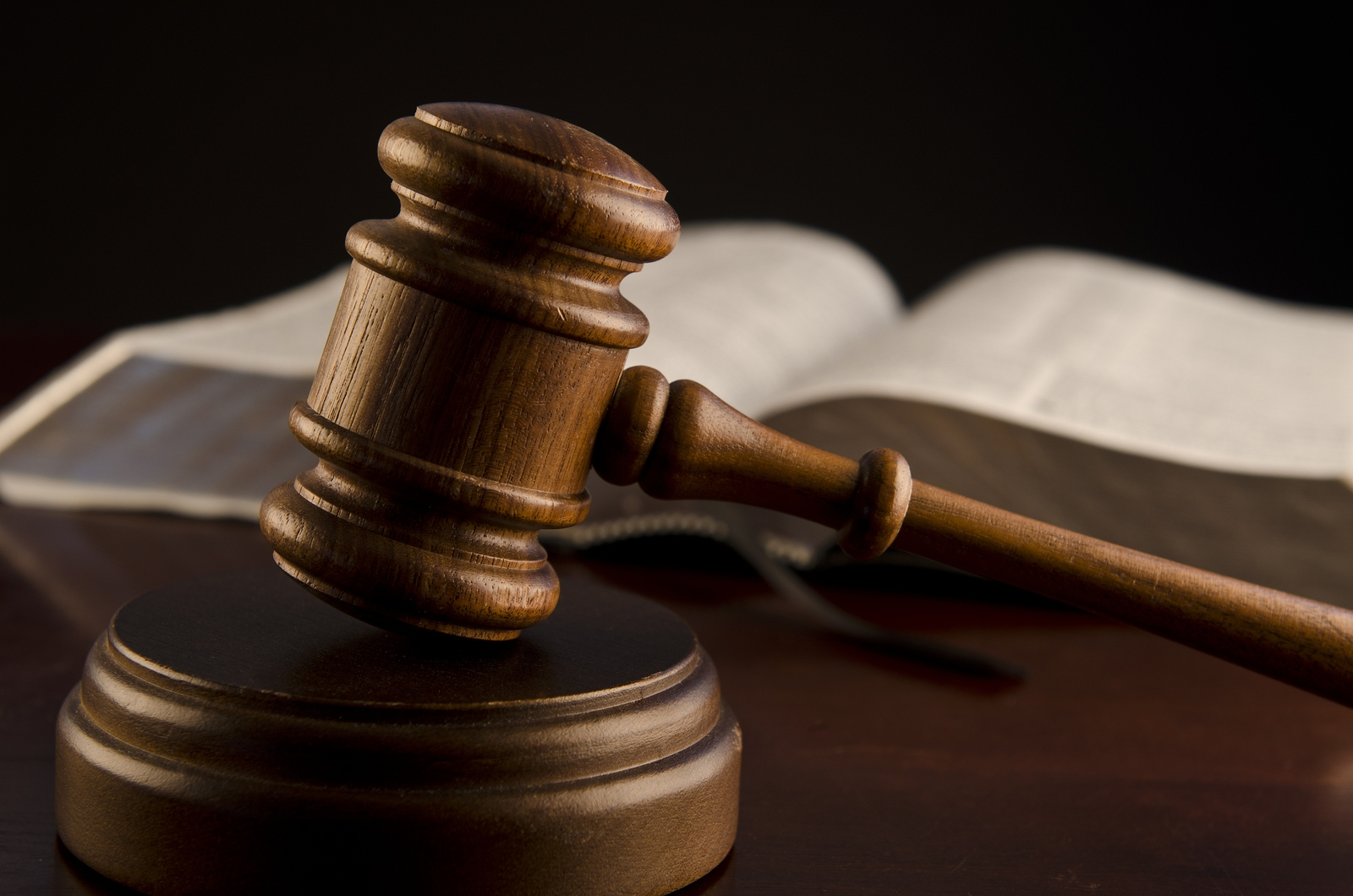
Fact. The misconception that the Dark Web is illegal stems from a fundamental misunderstanding of what it actually is and how it operates. The Dark Web itself is a part of the internet that is not indexed by conventional search engines and can only be accessed through specific anonymized networks like The Onion Router (TOR). These networks are designed to encrypt user data and obscure identities, offering a high degree of privacy and anonymity. It's important to distinguish between the technology that facilitates access to the Dark Web and the activities that take place within it. Accessing the Dark Web, through TOR or similar services, is not illegal. These technologies are legitimate and serve important functions in enhancing online privacy and security. They are used globally for a variety of lawful purposes, including sensitive communications for governments, NGOs, and journalists working in repressive regimes or handling confidential information.
However, the anonymity provided by the Dark Web has also made it a venue for illegal activities. This includes the trade of drugs, weapons, stolen data, and other illicit goods and services. While these uses are concerning and warrant vigilant law enforcement efforts, they do not encompass the entirety of the Dark Web's use cases.
2. Myth: Navigating the Dark Web is easy and safe
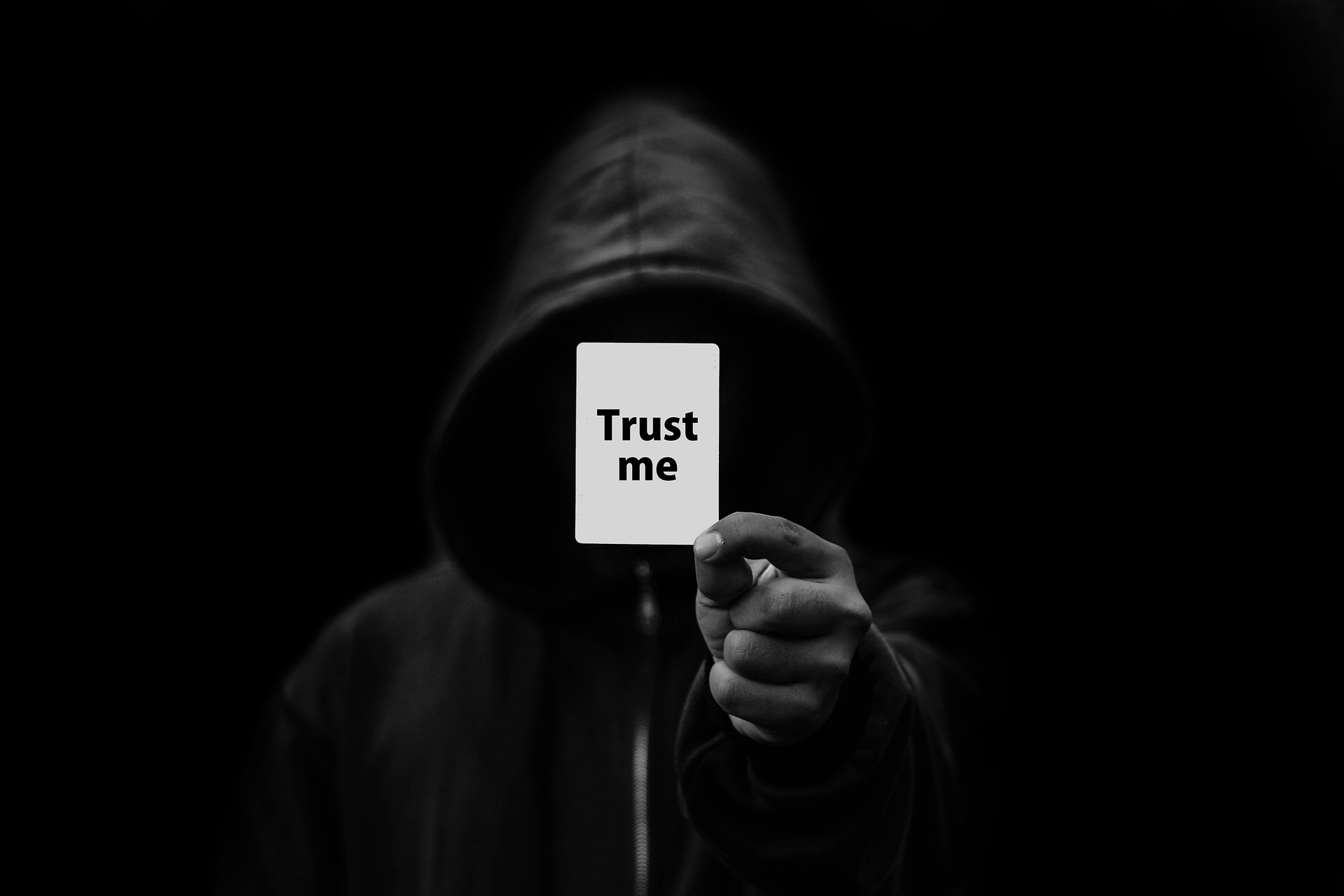
Fact. The misconception that navigating the Dark Web is both easy and safe simplifies the complexities and underestimates the potential risks associated with this secluded part of the internet. Access to the Dark Web, typically through specialized tools like The Onion Router (TOR), is indeed straightforward, designed to anonymize a user's web presence and provide a degree of privacy not readily available on the surface web. However, the ease of access does not equate to ease of navigation or safety. The Dark Web's structure and content present unique challenges and hazards that users must navigate carefully.
Unlike the more familiar surface web, the Dark Web lacks comprehensive search engines that index its content in a user-friendly manner. This makes finding specific information or sites a cumbersome process, often requiring prior knowledge of specific URLs or access through private channels. This aspect alone adds a layer of complexity for users accustomed to the convenience and immediacy of traditional internet search engines.
Moreover, the perception of safety within the Dark Web is misleading. The anonymity that defines the Dark Web and protects its users also attracts a spectrum of illegal activities and malicious actors. Users may inadvertently come across illegal content, become ensnared in scams, or be exposed to dangerous malware.
Cybersecurity threats are particularly prevalent, with the Dark Web acting as a fertile ground for the distribution and acquisition of malware, including ransomware and spyware.
3. Myth: Law enforcement is powerless on the Dark Web
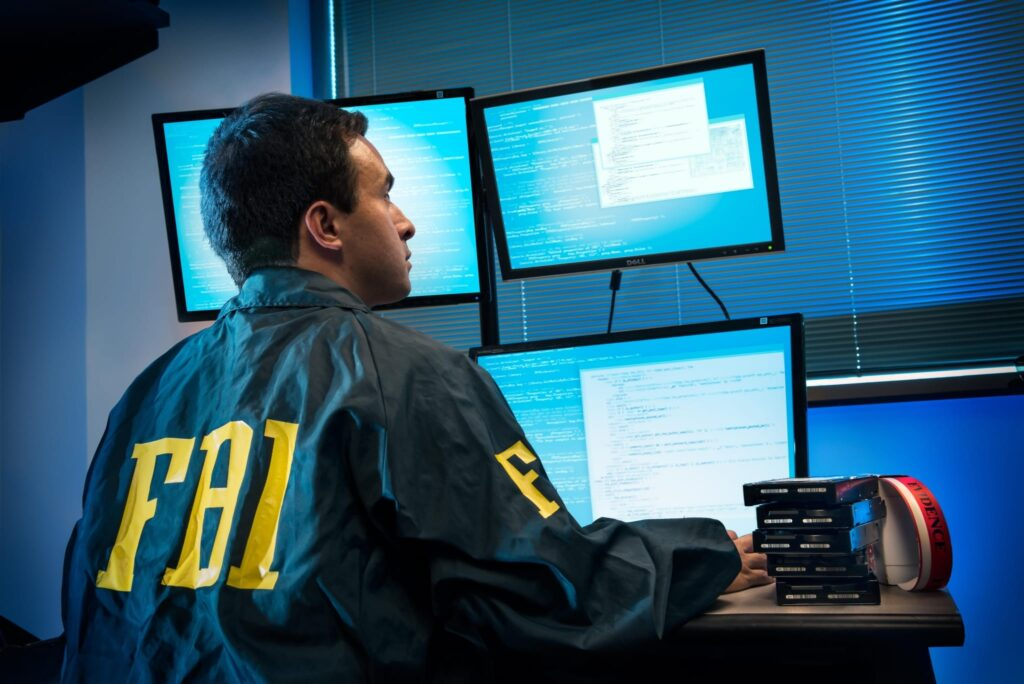
Fact. The misconception that law enforcement is powerless to combat criminal activities on the Dark Web does not hold up under scrutiny. Despite the inherent challenges posed by the Dark Web's anonymizing features, law enforcement agencies around the globe have made significant strides in adapting to and overcoming these obstacles. Through a combination of advanced technological tools, international cooperation, and innovative investigative techniques, authorities have successfully penetrated this veiled segment of the internet.
Technological advancements play a pivotal role in law enforcement's arsenal against Dark Web criminality. Agencies have developed and employed a range of sophisticated tools designed to de-anonymize users engaged in illegal activities, allowing for the tracking and gathering of evidence against individuals and networks operating within this obscured space. This technological evolution is complemented by the expertise of cyber forensic analysts, who meticulously trace digital breadcrumbs left behind by Dark Web users. These efforts are often supported by undercover operations that infiltrate criminal communities, gathering intelligence from within.
International collaboration further amplifies the effectiveness of law enforcement actions against Dark Web activities. The borderless nature of the internet means that cooperative efforts are essential for tracking cross-jurisdictional criminal networks. Organizations such as INTERPOL, Europol's European Cybercrime Centre (EC3), and partnerships between nations facilitate the sharing of intelligence, resources, and strategies. This global network of cooperation has been instrumental in orchestrating large-scale operations that dismantle extensive criminal enterprises.
4. Myth: The Dark Web is enormous
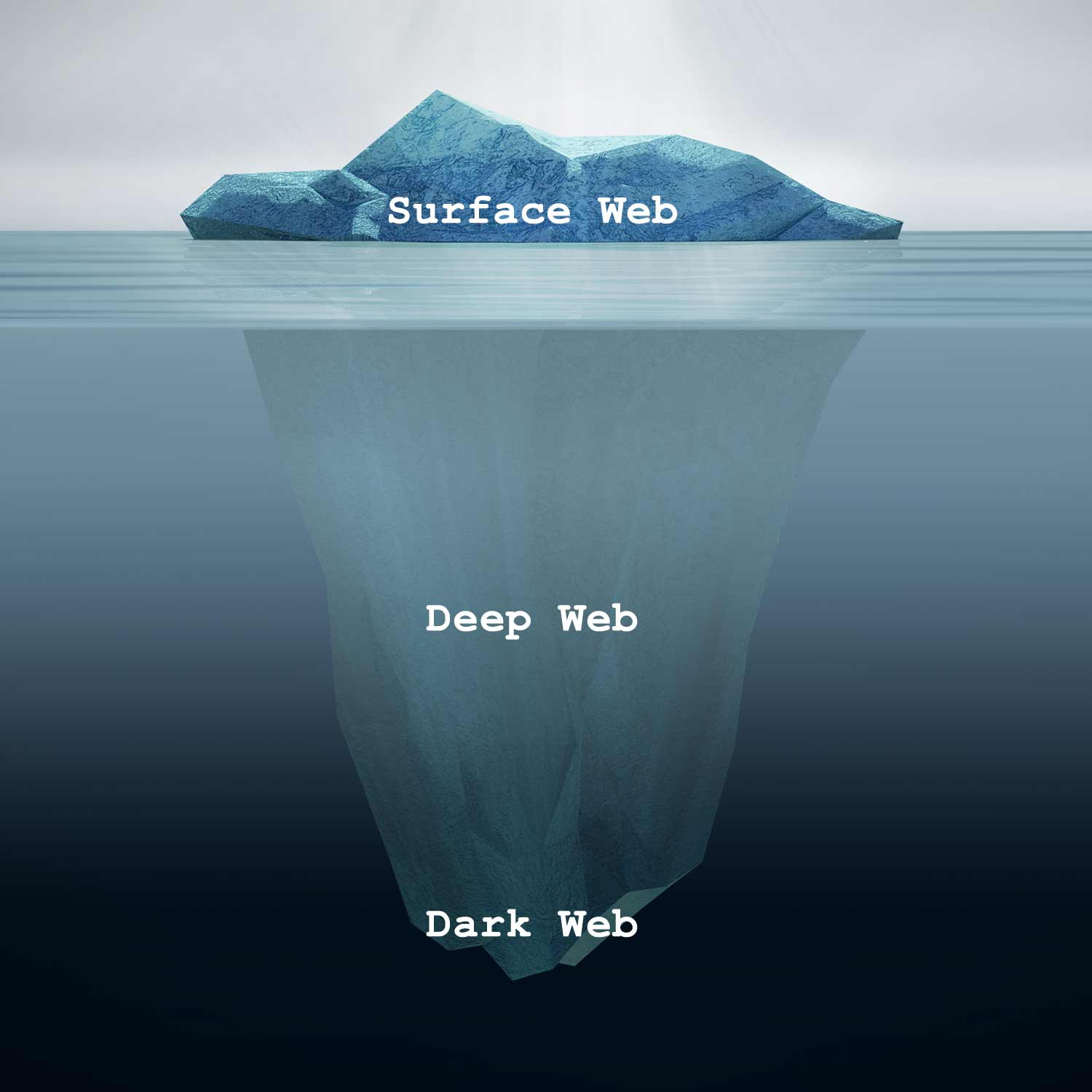
Fact. The notion that the Dark Web is an enormous part of the internet is a widespread myth that exaggerates its true scale. While precise measurements of the Dark Web's size are inherently challenging due to its hidden nature, expert estimates suggest it constitutes only a small fraction of the total internet. This misconception likely stems from a misunderstanding of the Deep Web and the Dark Web, as well as sensationalized media portrayals that amplify the Dark Web's perceived scope and scale.
The Deep Web, often confused with the Dark Web, refers to all the parts of the internet not indexed by search engines. This includes private databases, academic journals, government records, and more, making it significantly larger than the surface web. However, the Dark Web is just a small portion of the Deep Web, accessible only through specific anonymized networks like TOR. It is designed to ensure user anonymity and privacy, hosting a range of services from forums and news sites to marketplaces that are not accessible on the surface web.
Despite its notoriety, the Dark Web's actual size is relatively modest when compared to the entirety of the internet. Its reputation as a vast digital territory is inflated by tales of illicit activities and hidden services, which, although present, represent a limited aspect of what the Dark Web contains.
5. Myth: The Dark Web is completely anonymous
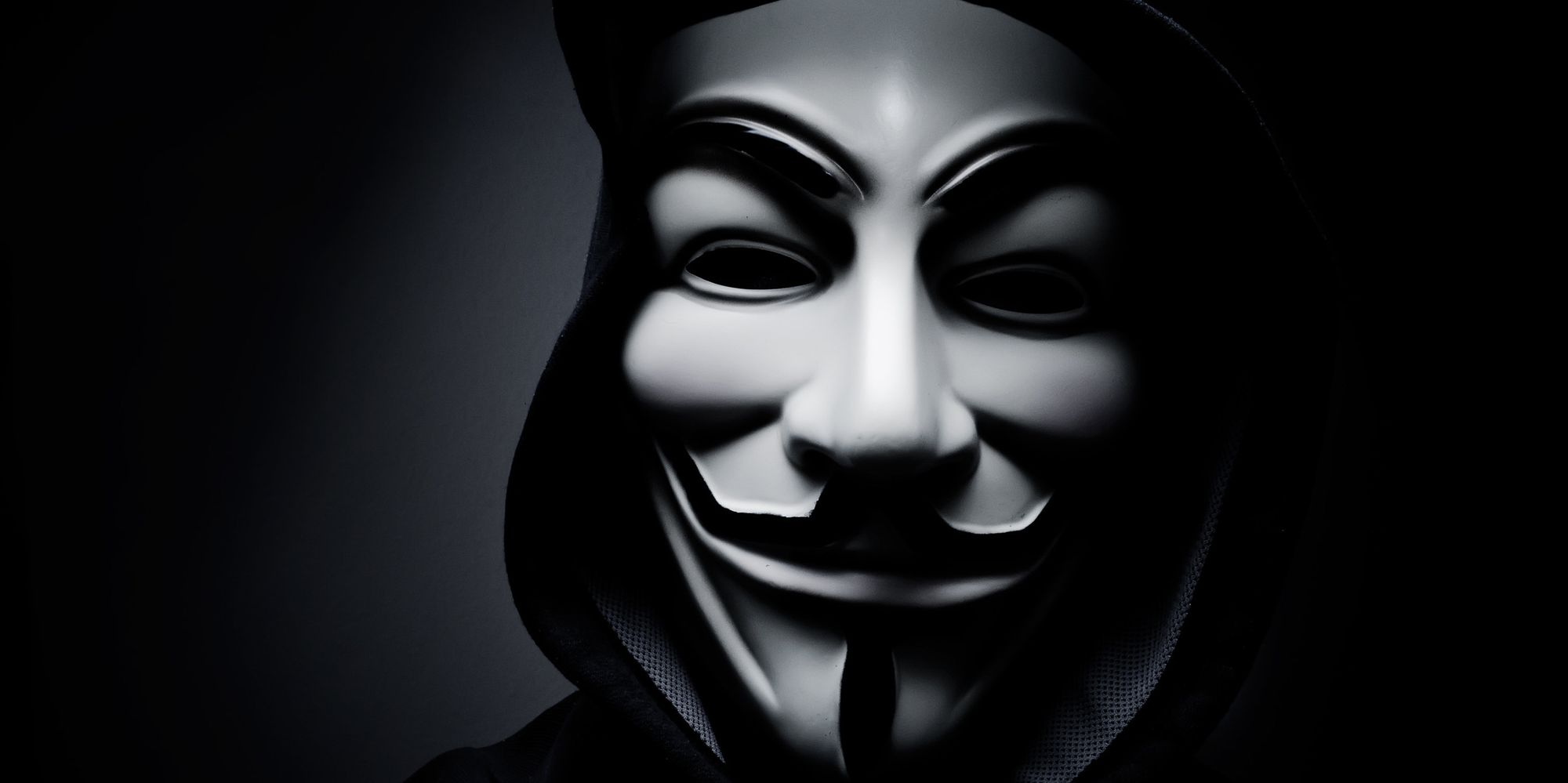
Fact. The belief that the Dark Web provides absolute anonymity is a common misconception. While the Dark Web does offer a higher level of anonymity compared to the surface web, it is not entirely devoid of risks or vulnerabilities that can compromise users' privacy.
Technologically, the Dark Web relies on anonymizing networks like TOR to conceal users' IP addresses and encrypt their communications. While these tools are effective at obscuring identities from most surveillance, they are not infallible. Vulnerabilities in software, misconfigurations, or human error can potentially expose users' identities, highlighting the importance of staying updated on security best practices and employing additional privacy measures.
Moreover, despite the perception of anonymity, users leave behind digital footprints through their actions, interactions, and transactions on the Dark Web. While individual pieces of data may not reveal much, patterns of behavior over time could potentially be used to identify individuals or correlate activities with real-world identities. This underscores the need for caution and discretion when engaging with Dark Web platforms and services.
6. Myth: Cryptocurrencies fuel crime on the Dark Web

Fact. The myth that cryptocurrencies fuel crime on the Dark Web perpetuates a narrative that oversimplifies the relationship between digital currencies and illicit activities. While it's true that cryptocurrencies have been utilized for illegal transactions on the Dark Web due to their perceived anonymity and accessibility, it's essential to recognize that this narrative does not encapsulate the entire landscape of cryptocurrency use.
Cryptocurrencies, notably Bitcoin, have become synonymous with the Dark Web due to their prevalence as a medium of exchange on illicit online marketplaces. However, it's crucial to acknowledge that cryptocurrencies serve legitimate purposes beyond facilitating illegal activities. They are widely used for investment, remittances, online purchases, and as a hedge against inflation in countries with unstable economies.
Despite their pseudonymous nature, cryptocurrencies are not entirely anonymous. Each transaction is recorded on a public ledger called the blockchain, which provides transparency and traceability. While wallet addresses are not directly linked to real-world identities, sophisticated blockchain analysis tools can trace the flow of funds and uncover illicit transactions. Law enforcement agencies and blockchain analytics firms utilize these tools to investigate and prosecute crimes on the Dark Web.
Furthermore, regulatory frameworks have been established to govern the use of cryptocurrencies and ensure compliance with anti-money laundering (AML) and know-your-customer (KYC) regulations. Cryptocurrency exchanges and other service providers are subject to these regulations, requiring them to implement robust compliance measures to prevent illicit activities. Regulatory oversight helps to mitigate the risks associated with cryptocurrency use on the Dark Web and promotes accountability within the industry.
While cryptocurrencies remain a popular choice for transactions on the Dark Web due to their perceived privacy and ease of use, they are not the exclusive payment method. Other digital currencies, such as privacy coins like Monero and Zcash, offer enhanced anonymity features and are also utilized for illicit transactions. Additionally, traditional payment methods like fiat currencies and prepaid cards are still prevalent on Dark Web marketplaces.
7. Myth: All online crimes happen exclusively on the Dark Web

Fact. While some criminal activities do occur on the Dark Web, the surface web also hosts a wide range of cybercrimes, including phishing scams, malware distribution, identity theft, and financial fraud.
Cybercriminals often exploit vulnerabilities in software, networks, and human behavior to carry out their illicit activities on the surface web. Phishing emails, for example, are a common tactic used to deceive users into revealing sensitive information such as login credentials or financial data. Malware, including viruses, ransomware, and spyware, can infect devices and compromise personal and organizational data. These types of cybercrimes occur predominantly on the surface web and do not require access to the Dark Web.
Criminals leverage legitimate platforms and services to perpetrate these crimes, often exploiting loopholes in security measures and exploiting the trust of unsuspecting users. Unlike the Dark Web, where illicit activities are often conducted in clandestine marketplaces, surface web crimes can occur openly and without the need for specialized software or anonymity tools.
8. Myth: Only tech-savvy individuals can access the Dark Web

Fact. Accessing the Dark Web typically involves using specialized software like TOR. While setting up and configuring TOR may require some technical expertise, user-friendly tools and resources are available to simplify the process. TOR Browser, for example, provides a user-friendly interface that allows individuals to access the Dark Web with minimal technical knowledge.
Moreover, accessing Dark Web sites is often as simple as entering a URL into the TOR Browser, similar to using a conventional web browser. Many Dark Web sites have clear web addresses (ending in ".onion"), making them accessible to anyone with the appropriate software.
Additionally, the misconception that only tech-savvy individuals can access the Dark Web overlooks the diversity of users who frequent this hidden digital realm. While some users may possess advanced technical skills, many others are drawn to the Dark Web for various reasons, including privacy concerns, curiosity, or a desire to access uncensored information. User-friendly tools and tutorials cater to individuals with varying levels of technical proficiency, democratizing access to the Dark Web.
Conclusion
Exploring the realities of the Dark Web versus prevalent myths reveals a complex landscape. By addressing misconceptions and highlighting factual information, we gain a more accurate understanding of its nature and implications. Through informed discourse and ongoing education, we can navigate the Dark Web responsibly while recognizing the importance of digital security and privacy in today's interconnected world.




Comments 0